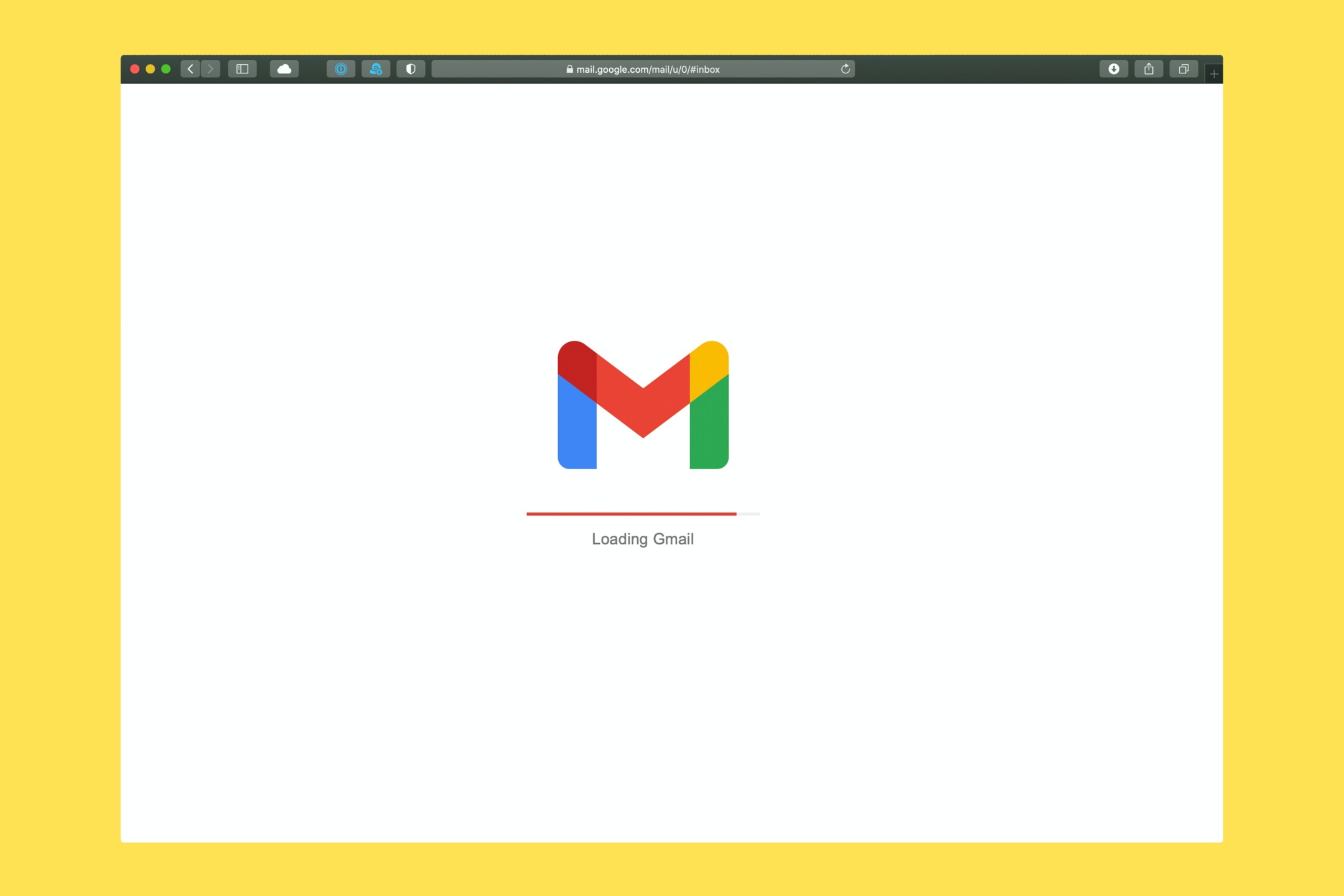Each part of the series will go into detail about a different aspect of a solid email marketing effort, including: effective email marketing strategy, email marketing best practices, email copywriting tips, and email marketing trends.
In this installment, we’ll go over email marketing strategy basics. Actual strategies will look different depending on your company size, your goals, and your industry, so make sure to tailor these so they mesh with your organization. Here are the five key considerations for your next email marketing push.
1. Define your goals
There are various reasons companies invest in email marketing strategy services and each reason requires its own type, style, and cadence of collateral. Just because everyone else is doing email marketing shouldn’t be your reason for doing it too. Are you seeking to build brand awareness? Generate leads and sales? Strengthen the relationship you have with existing customers?
Once you define business goals, you can focus on how to achieve them. Different goals require different marketing tactics, and mapping one back to the other is paramount to success. For instance, if you’d like to drive brand awareness, your emails are going to sound distinct and go to a specialized list of people relative to emails for generating leads or strengthening existing customer relationships. Your goals will define how you approach each step of an email campaign.

Related: What Is Integrated Digital Marketing and How Can It Help Your Brand?
2. Establish a measurement framework
Goals are only meaningful provided you can capture your progress toward them. Before you get into the details of list building, email content and copywriting, you’ll want to build a measurement framework. With this scaffolding you can climb gradually toward your business aims, knowing that you have a baseline to fall back on.
Let’s say you’d like to launch a brand awareness email marketing campaign. How do you know if your emails are making you better known amongst potential customers? Maybe you can look at your website monthly average visits as a comparison point. If, after you launch your email campaign, your monthly visits see a positive bump, it’s a good indication you’re enticing more subscribers to head to your homepage.
If your goal is to strengthen existing customer relationships, you might look at recurring purchase volume to see if it picks up after the campaign. You can also send a customer experience survey and examine whether people fill it out and how favorable their answers are.
No matter what your goal is, you must, must, must establish a way to measure your progress before your campaign begins.
3. Build and segment your email subscriber list
There are two main ways to build a new subscriber list: purchase a list or create your own through organic efforts. Purchasing an email list requires less effort on your part, though will be less tailored as a result. List purchases are best left to awareness campaigns or brand launches, when you will likely measure success by sheer volume. Sure, list vendors have segmented service offerings based on your industry or even business goal. But until you can hone that list down to real, potential customers it won’t be too helpful for more specific campaigns.
To that end, you’ll want to start crafting more tailored email lists from the jump. For this, you’ll need some form of email marketing management or CRM software. When everything is laid out neatly in front of you, it’s easier to sort by whether or not someone has purchased goods from you or signed up for an account or opened an email, or whatever other segmenting barometer you wish to establish. As you execute subsequent email marketing campaigns, you can continue to add to and refine each segment in your database. Eventually, you’ll have multiple email lists for various purposes.
Refining each list has the added benefit of helping with your campaign measurement. A dozen new website visits from brand strangers aren’t as impactful as a dozen visits from recurring customers who already have a relationship with your brand.
4. Determine your email style and design
If it’s not evident by now, we’ll make it clear. Every campaign must have a distinct purpose, subscriber list and tone and design. Just like you wouldn’t write a cover letter with emojis or shorthand, you wouldn’t write a marketing campaign to a sophisticated audience with colloquialisms or turns of phrase known only to an extremely logged-in and online audience.
Sending out an email to would-be customers with a “thank you for your purchase” graphic is only going to confuse people. Writing introductory copy to customers with accounts and an established purchase history will let folks know you aren’t really paying attention.
Even though tone of voice and design may feel secondary to the larger aims of your campaign, they’re important components of any email marketing effort. Emails must be compelling and also feel personalized. You’re welcoming someone into your brand’s family and inviting them to become a valued customer. The way you speak to them and design your email content should reflect that fact.

Related: 3 Effective Ways To Generate Leads With Social Media
5. Set a qualitative and quantitative schedule
If you’ve so much as opened an email account, you’ve likely felt inundated and even annoyed by certain brands that seem to send wave after wave of marketing email. Something those brands may have forgotten is that cadence matters.
Likely, even those brands adhere to a schedule based on the most successful email-opening times or other success benchmarks. But they may take a strictly quantitative approach to sending emails, an approach that likely needs a bit more of a human, qualitative touch.
So, while it’s wise to send emails when readers open them more often, it’s even more prudent to set a cadence that makes sense on an emotional level. Whatever scheduling tactics you decide upon using modeling and forecasting and previous performance, ensure that you adjust your approach so that people do not feel overwhelmed by your constant inbox notifications.
Bring it all back around
Remember, you began this journey with a set of business goals in mind. It’ll be easy to get lost in the details along the way. Don’t get me wrong, the details are important. Measurement and cadence and tone and style are all important details. But you need to keep everything marching along to the beat of your overarching goals. So, no matter what your approach to email marketing is, keep in mind that all the details are just individual sounds in a symphony. Remember that as you continue through our guide to effective email marketing strategy and your next campaign should be a smash hit!
Don’t forget to check out the rest of our Definitive Guide to Email Marketing series:
- Email Marketing Best Practices
- The 3 Cs of Email Copywriting
- Email Marketing Trends to Watch for in 2023
Whether it’s putting together an email newsletter or building a b2b email marketing campaign – we’ve got you covered! Reach out to one of our many marketers today.



